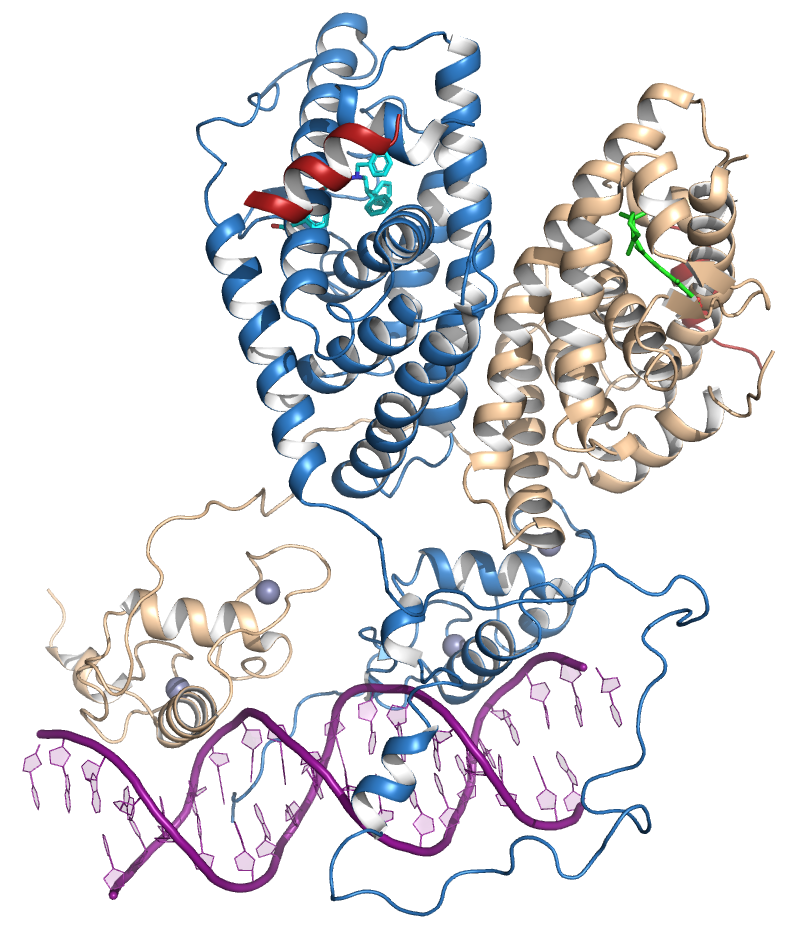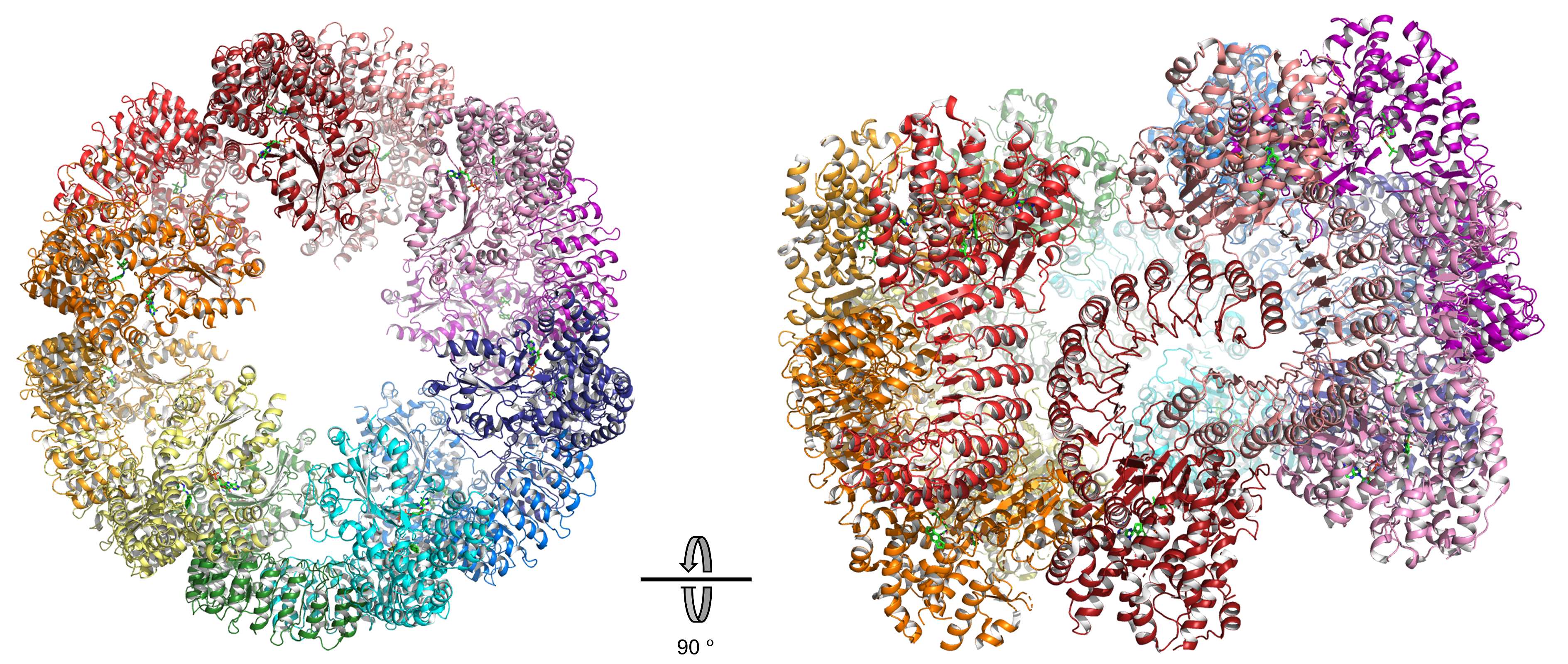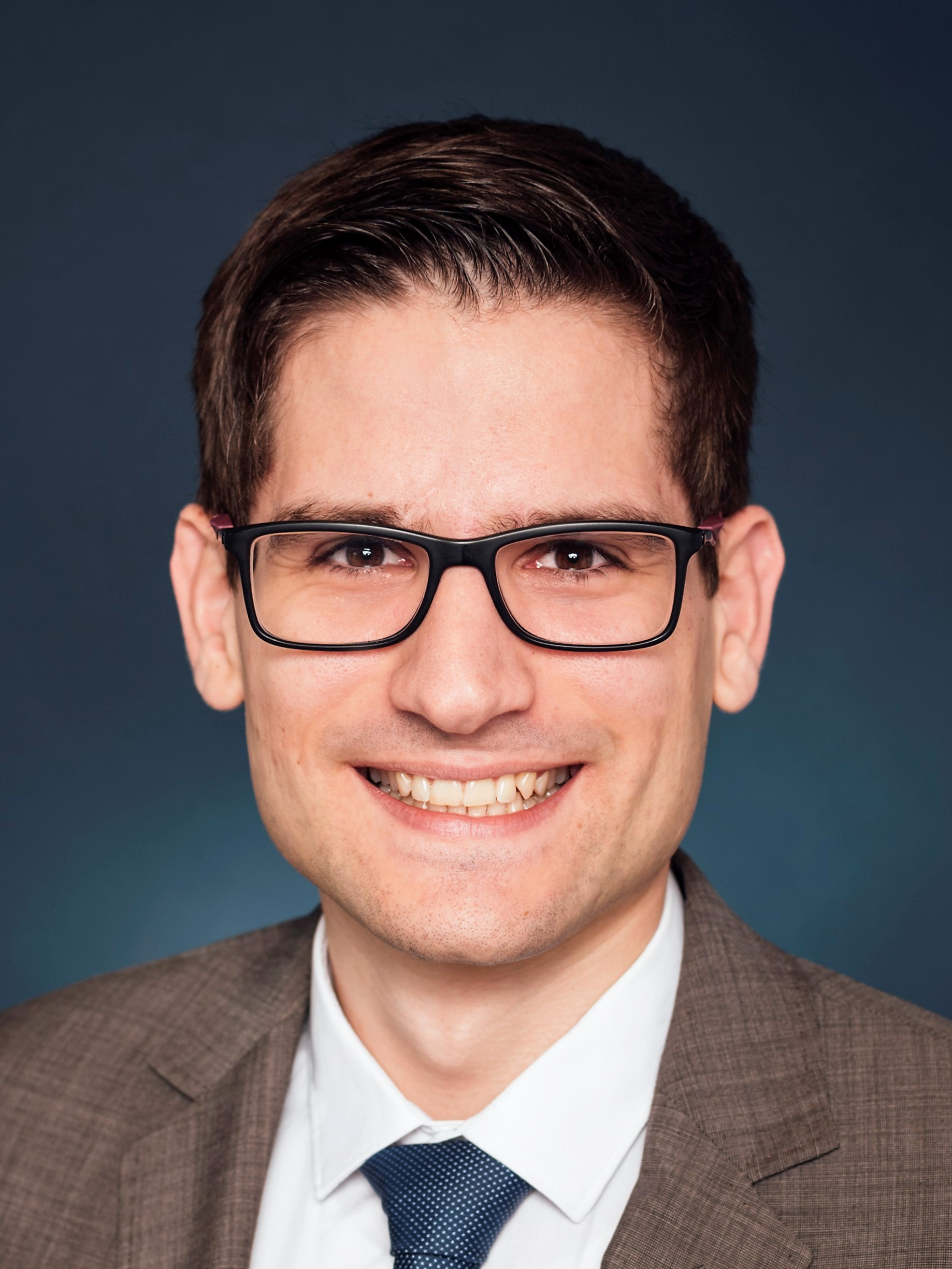Dr. Pascal Heitel
CV
- Since January 2022 junior group leader at the Institute of Pharmaceutical Chemistry (Goethe University Frankfurt)
- 2020 – 2021 Postdoc, Department of Chemistry, University of Oxford, United Kingdom (Prof. Conway)
- 2015 – 2019 PhD in Pharmacy, Goethe University Frankfurt (Prof. Schubert-Zsilavecz): Thesis Development of anti-inflammatory nuclear receptor ligands
- Studied Chemistry at Ulm University (B.Sc., M.Sc.) and Universidad de Málaga, Spain: Thesis Chemically Programmed Smart Heteroproteins (Prof. Weil)
Scholarships, Awards and Prizes
- 2022 DFG return fellowship
- 2020 – 2021 DFG research fellowship
- 2019 Walter-Schunack Prize
- 2015 – 2018 Scholarship graduate school „Translational Research Innovation – Pharma (TRIP)“ (Else Kroener-Fresenius foundation)
- 2013 – 2014 ERASMUS scholarship
- 2012 Award for top bachelor degree (Ulm University)
Research
Liver X Receptor (LXR)
 |
LXR is a ligand-activated transcription factor and member of the nuclear receptor superfamily. LXR target genes are involved in reverse cholesterol transport, glucose homeostasis, and inflammation. There are two subtypes, of which LXRa is mainly expressed in the liver and to a lesser extent in other organs, whereas LXRb is present in any tissue. The aim of our research is to develop selective LXRb agonists to circumvent hepatic lipogenesis caused by LXRa while maintaining beneficial effects on cholesterol metabolism. Such compounds will be valuable tools to explore LXR’s therapeutic potential in a multitude of diseases related to cholesterol homeostasis such as cardiovascular diseases, Alzheimer’s, and multiple sclerosis. LXR (wheat) forms heterodimers with retinoid X receptor (RXR, blue), which bind to DNA. |
NOD-like receptors (NLRs)
NLRs are a family of 22 intracellular sensors of damage and pathogen-associated molecular patterns. They have a key role in inflammation and innate immune response but many functions remain poorly understood. Synthetic ligands that could shed light on their biological functions in detail are scarce. Therefore, we strive to develop chemical tools to modulate NLR function. NLR ligands could be used to inhibit inflammatory pathways and thus NLRs represent valuable targets for the development of adjuvants and for the pharmacological treatment of acute viral and bacterial infections as well as chronic inflammations in metabolic disorders.

Cryo-EM structure of the barrel-shaped NLRP3 dodecamer after exposure to an inhibitor (PDB ID 7VTQ).
Book

Pharmdokus
Formelquiz für Pharmaziestudierende
Julia Herzner, Pascal Heitel
2nd ed. 2019, ISBN 40-19547-00118-6





